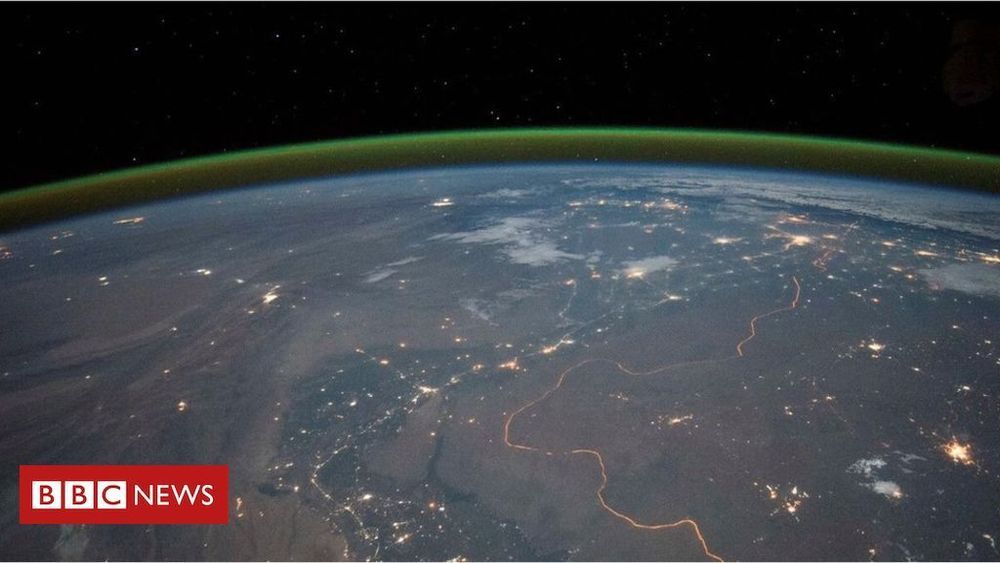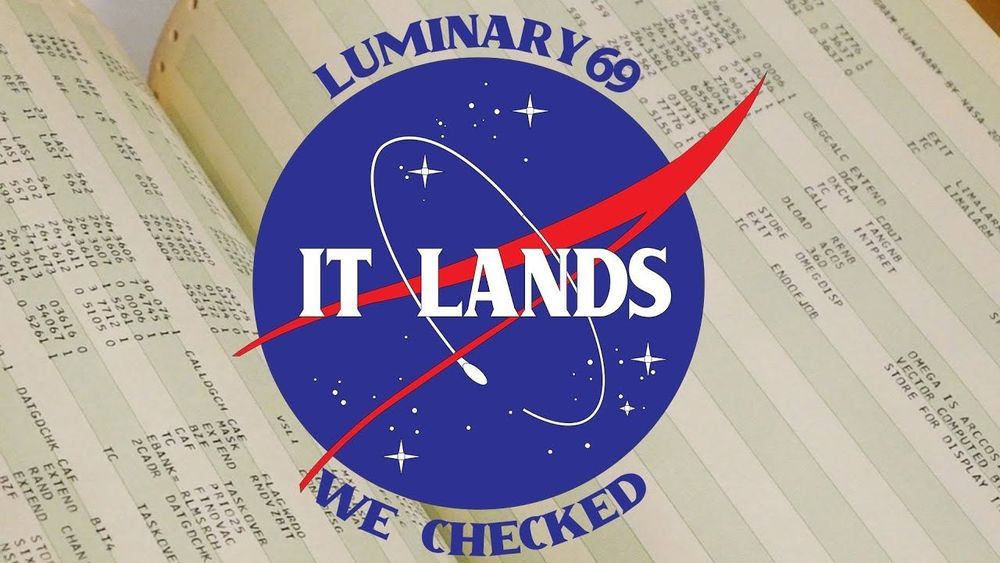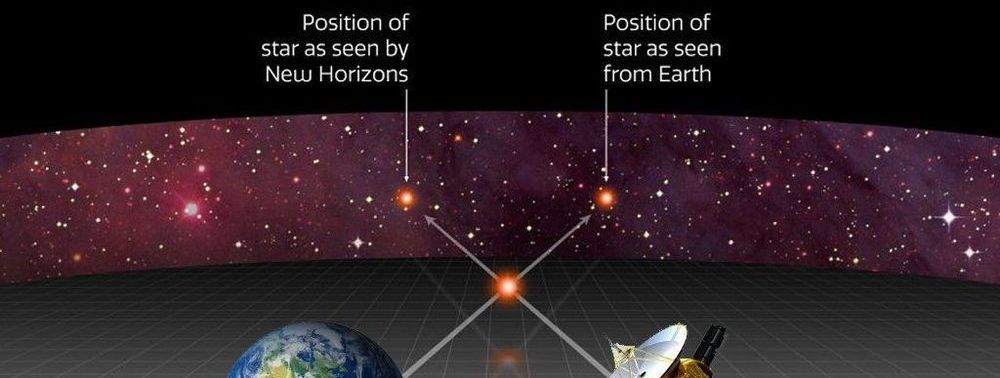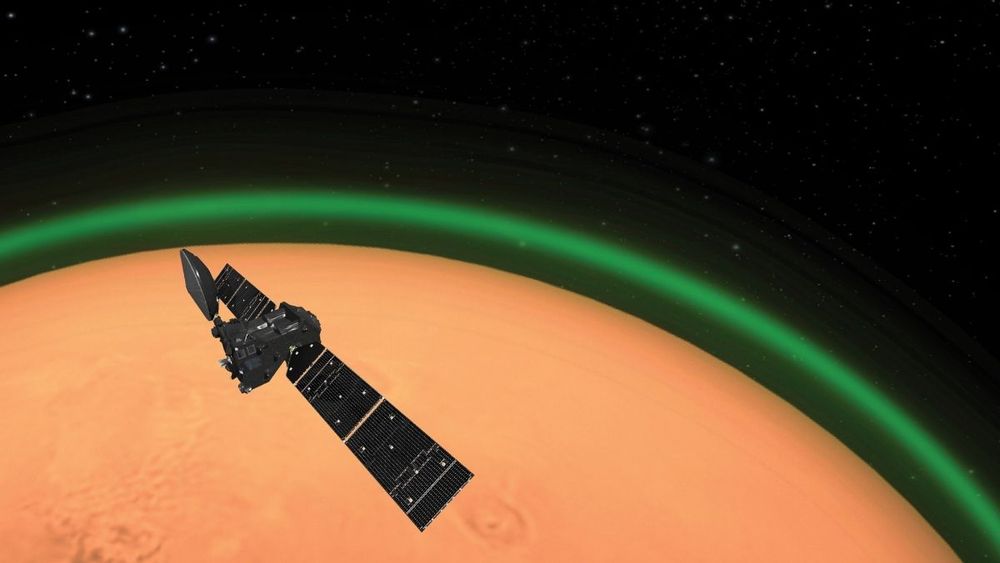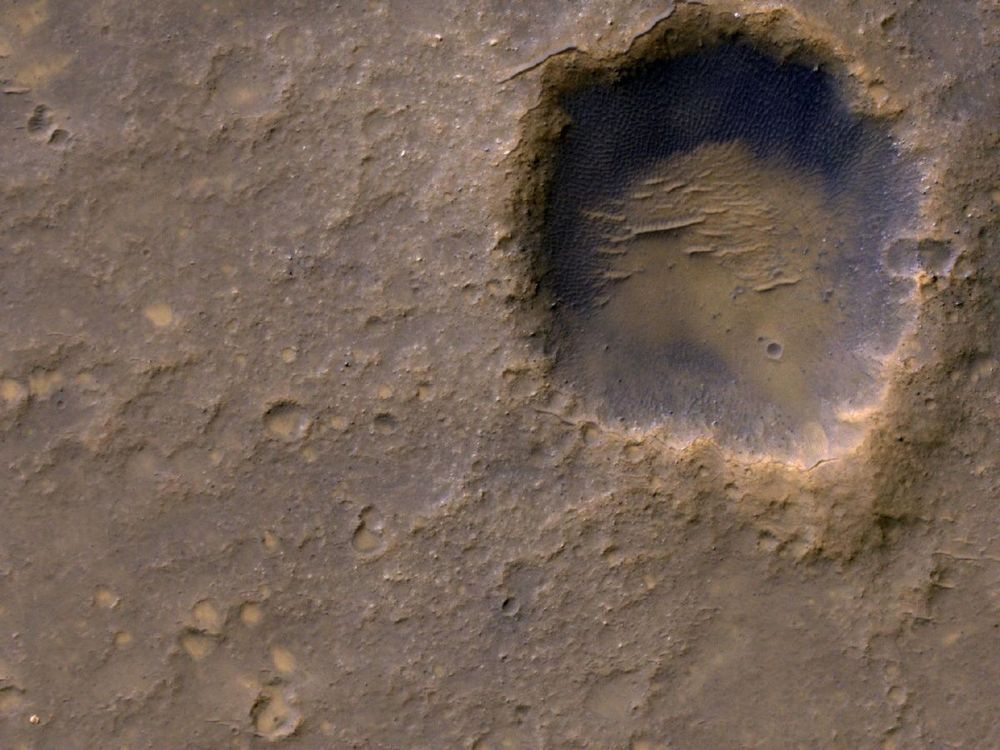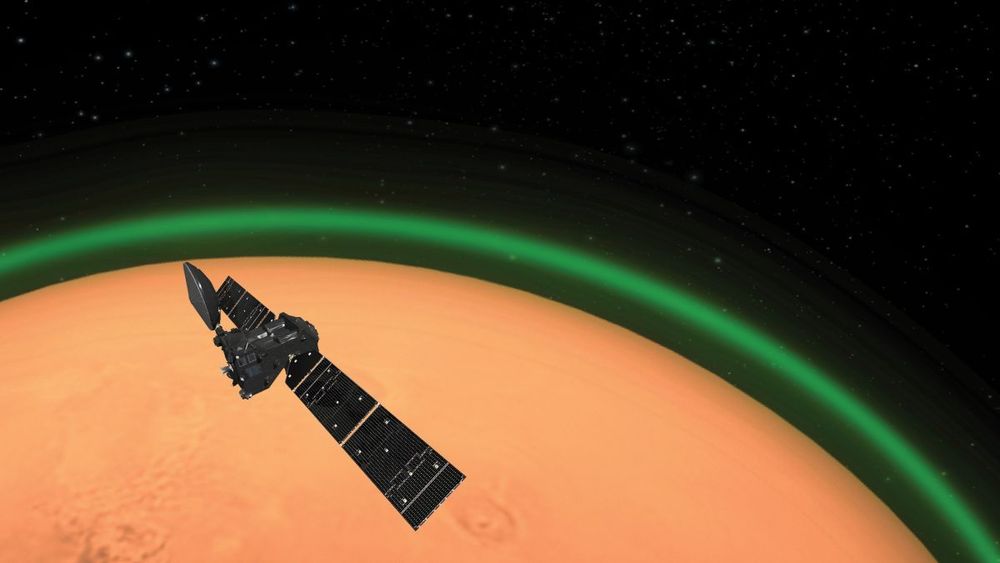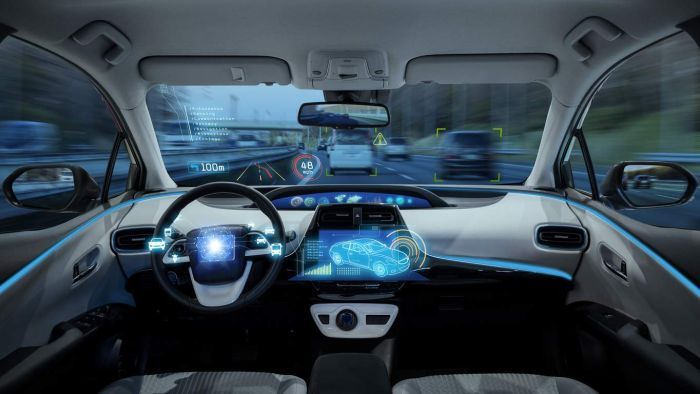A similar glow is sometimes seen by astronauts on the space station when they look to the Earth’s limb.
The glow comes from oxygen atoms when they’re excited by sunlight.
The phenomenon has long been predicted to occur on other planets, but the Trace Gas Orbiter (TGO) — a joint European-Russian satellite at Mars — is the first to make the observation beyond Earth.
